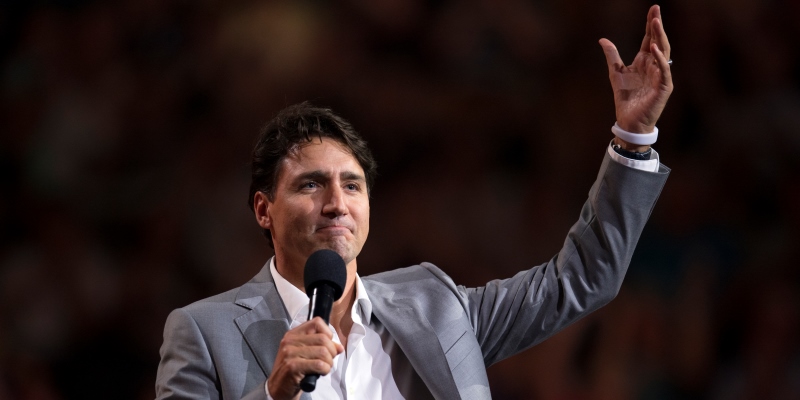Canadians bear burden of higher spending by federal government

According to the late economist and Nobel laureate Milton Friedman, the real burden of government is not taxation but rather the amount of money spent by government. By that measure, the federal government’s burden on Canadians has increased materially since Prime Minister Trudeau’s election in 2015.
Friedman’s basic argument was that the amount of money spent by government in any particular year represents the share of a society’s resources available at that time that are consumed or directed by government that are not therefore available to individuals, families, entrepreneurs and businesses. This use of available resources by government, at the expense of individuals using those same resources, is the true burden of government according to Friedman.
He further acknowledged, however, that how government finances such spending is also important and that it could be done more efficiently by, for instance, taxing consumption (i.e. sales tax) rather than taxing investment, entrepreneurship, work effort and risk-taking as is done through personal income taxes. He also recognized the deleterious effects and risks of deferring taxes to the future through deficits.
Ottawa’s raw spending numbers tell the story of a much more burdensome federal government. In 2014-15, the last full year of the Harper government, federal spending (excluding interest costs) totalled $256.3 billion. The current budget estimates spending will reach $434.3 billion this year, with very little tied to COVID—more than a two-thirds increase in spending in less than a decade.
A different way of measuring government spending, and one generally favoured by economists, is to compare spending with the size of the economy. It’s a way of measuring the degree to which Ottawa is using resources versus individuals, families, entrepreneurs and businesses. In 2014-15, Ottawa’s spending (excluding interest) represented 12.9 per cent of the economy compared to 16.1 per cent this year (based on current federal budget projections). The last time federal spending exceeded 16 per cent of the economy (excluding 2020 and 2021 due to COVID) was 1993-94, prior to the Chretien-era reforms.
The government’s standard response, from Trudeau’s original finance minister Bill Morneau to current Finance Minister Chrystia Freeland, is that spending will decline in the future. But the Trudeau government has never been able to execute its plans for future restraint. Consider its inaugural budget in 2016, which predicted spending of $314.2 billion in 2019-20. Actual spending for that year totalled $349.1 billion, almost $35 billion more than originally planned.
Similarly, as a share of the economy, the Trudeau government planned for spending (excluding interest) to decline from 14.6 per cent of GDP in 2016-17 to 13.8 per cent by 2019-20. —yet actual spending in 2019-20 represented 15.1 per cent of the economy.
And while Friedman would surely focus on this government’s spending, he’d likely also note that the additional spending has been financed in some of the worst ways, including raising marginal tax rates on the most productive members of the economy, which makes Canada less competitive.
It's clear Ottawa’s burden on Canadians has increased under the Trudeau government. The benefits of that heavier burden are much less clear given the weakness in the economy, dearth of business investment, declining entrepreneurship, and inflation. Understanding the problem, namely higher government spending, is the first necessary step to solving it.



